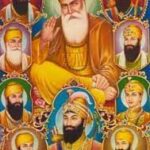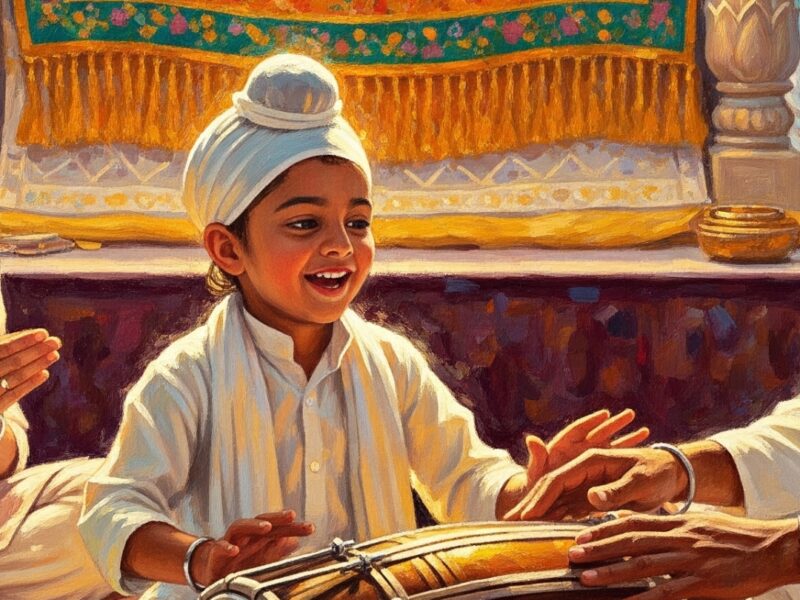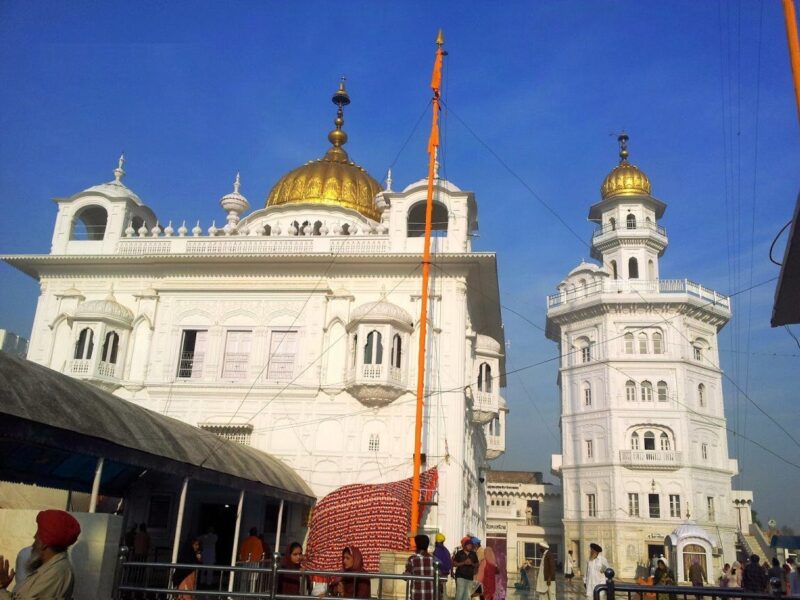While Sikhism doesn’t attach spiritual meaning to numbers, the recurrence of 52 throughout Sikh history is remarkable. This number appears at pivotal moments, connecting the lives of our Gurus and key events in our tradition.

The significance begins with Guru Amar Das Ji, who established 22 Manjis (dioceses) to spread Sikhi’s message – a foundation that would later evolve. In the Guru Granth Sahib Ji, the sacred “Pavan Bani” consists of 52 verses, composed by Guru Arjan Dev Ji and Bhagat Kabir Ji, emphasizing divine wisdom.
Guru Hargobind Sahib Ji’s life was deeply intertwined with this number:
- He was born in the year 1652 (Samvat).
- He was protected by 52 elite Sikh warriors, symbolizing the rise of the Sant-Sipahi (Saint-Soldier) tradition.
- When imprisoned in Gwalior Fort, he wore a Chola adorned with 52 floral motifs – the same robe he wore while securing the release of 52 wrongly imprisoned kings. (This historic Chola is preserved in Ghurani Kala, Ludhiana.)
Guru Har Rai Sahib Ji continued this legacy by establishing 52 gardens, reflecting his deep reverence for nature. Later, Guru Gobind Singh Ji surrounded himself with 52 poets and scholars at Ponta Sahib, enriching Sikh literature and philosophy.
Even in battle, the number persisted. The Battle of Hussaini (1752) saw Bhai Santiya and other brave Sikhs attain martyrdom, marking another chapter where 52 emerged. Finally, at Sachkhand Shri Hazur Sahib, Guru Gobind Singh Ji issued 52 Hukamnamas (divine commandments), reinforcing spiritual and ethical guidance for the Khalsa.

Though not sacred in itself, the number 52 weaves through Sikh history like a thread, connecting the divine missions of our Gurus and the courage of our warriors. It serves as a reminder of our rich heritage – not as superstition, but as a fascinating pattern in our collective memory.
“Numbers may not hold power, but history remembers their echoes.”








